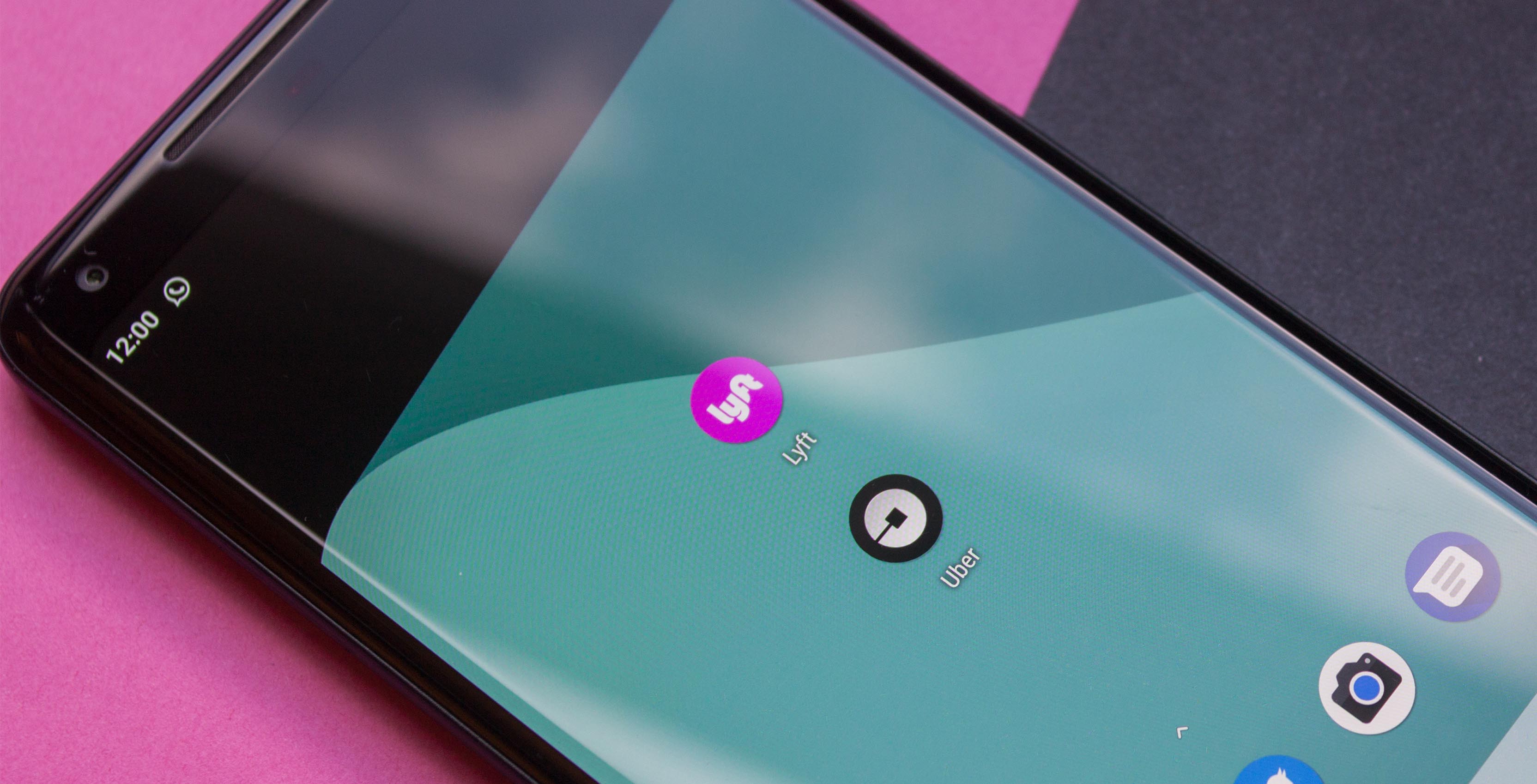
A new study from Schaller Consulting reveals that services like Uber and Lyft may be exacerbating traffic issues.
According to the study, ride-hailing services like Uber and Lyft added 5.7 billion miles of driving annually. The study looked at key U.S. urban areas. Studied areas include Boston, Chicago, Los Angeles, Miami, New York, Philadelphia, San Francisco, Seattle and Washington D.C.
This extra strain on roads came at the same time that car ownership grew, exceeding the rate of population growth between 2012 and 2016.
According to the Schaller study, ride-hailing services aren’t reducing the number of privately owned cars on the road — like the services promised. Instead, ride-hailing services compete with transit.
The study found that 60 percent of ride-hailing customers would have taken other transportation if the service wasn’t available. This includes public transportation, walking and biking. Additionally, if ride-hailing services weren’t available, the customer may not have taken the trip at all.
Furthermore, 40 percent of customers would have taken a personal vehicle or taxi instead.
Ride-hailing adds more than it takes away
In fact, ride-hailing services put more miles on the road then they take off, according to Schaller. Private ride services, like UberX and Lyft, put 2.8 new vehicle miles on the road for each mile of personal driving removed.
Shared services like UberPOOL and Lyft Line aren’t much better. They contribute 2.6 vehicle miles for each mile of personal driving taken off the road.
Even if Lyft hit its goal of half of all rides being shared by 2022, Schaller says that number would only drop to 2.2 miles.
Ultimately, Schaller’s study suggests that cities and policy makers turn to taxes and fees to help improve the problem. For example, trip fees and congestion pricing could help generate revenue for bus lanes and other road improvements to help traffic flow and reduce cars on the road. Additionally, improvements to traffic light timings could help reduce traffic.
Combined with increasing ride-hailing services’ trip volume and restricting these services to more specific uses could help as well. Ride-hailing services can be particularly useful for connecting people to transit hubs. Additionally, subsidized ride-hailing services could help move seniors, low-income persons and people with disabilities.
Crucially, Schaller’s study doesn’t call for the termination of Uber and Lyft. Instead, the study suggests that both companies have a place in the modern transportation sphere. That place, however, must be managed appropriately.
For those looking to autonomous vehicles as the saviour of our congested streets, Schaller has bad news. Autonomous vehicles, if not properly regulated, will have many of the same problems as today. Namely, those problems are more automobility and traffic, but less transit, equity and environmental sustainability.
You can read the full study here.
Source: Schaller Via: Washington Post, 9to5Mac
MobileSyrup may earn a commission from purchases made via our links, which helps fund the journalism we provide free on our website. These links do not influence our editorial content. Support us here.


